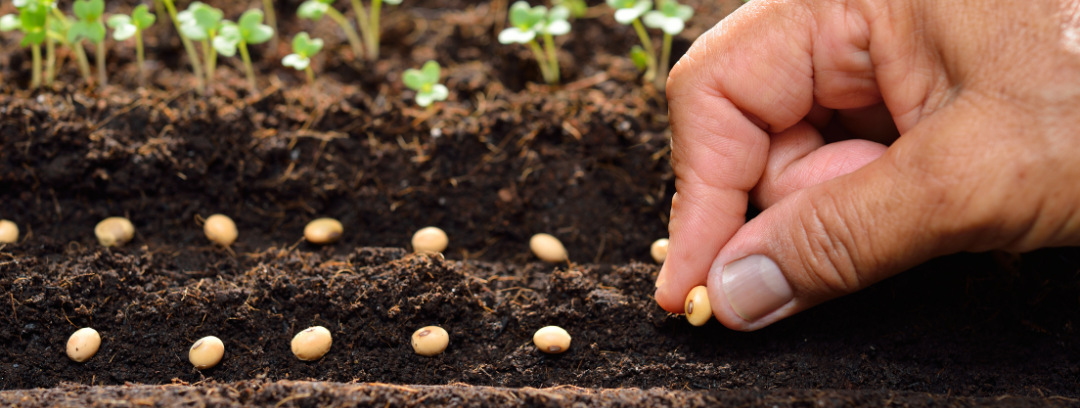
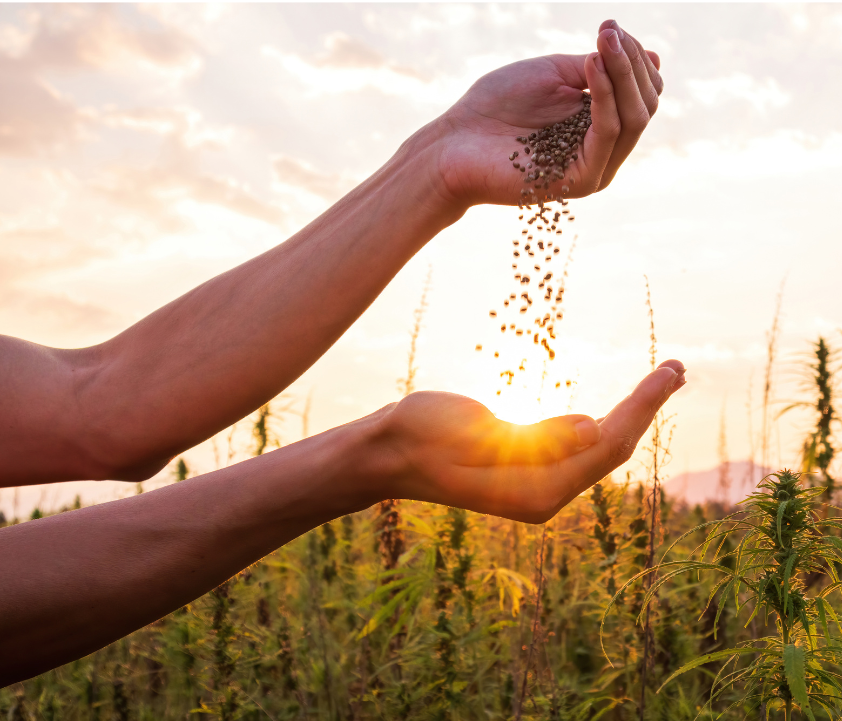
The seed density (also known as the seed rate) of a crop refers to how many seeds are required to properly cultivate a set area. It is often given as grams per metre squared. Seed density is an important consideration in gardening and farming because it directly influences the growth, health, and overall productivity of your plants. The distance between plants affects how they compete for resources such as water, nutrients, and sunlight. Proper spacing through appropriate seed density ensures that each plant has adequate access to these resources, promoting healthy growth and development. Proper spacing also prevents overcrowding, which can lead to poor air circulation around plants. Good air circulation helps prevent the spread of diseases and reduces humidity levels, which can otherwise create a favourable environment for fungal growth. Furthermore, overcrowded plants can create a microclimate that’s conducive to the spread of diseases.
When plants are spaced appropriately, their root systems can access nutrients more effectively, helping to prevent nutrient deficiencies and ensuring even nutrient uptake among plants. Using a suitable seed density is also needed so that your plants get enough light. Plants need light for photosynthesis, which is essential for their growth and energy production. Proper spacing prevents shading and ensures that all plants receive sufficient light for optimal photosynthesis. Proper seed density ensures that each plant has enough room to develop fully and produce quality fruits or vegetables. Overcrowding can result in small or misshapen produce, while well-spaced plants are more likely to yield larger, healthier crops. When plants are spaced appropriately, they compete less for resources like water and nutrients. This reduces stress on individual plants and can lead to more uniform growth.
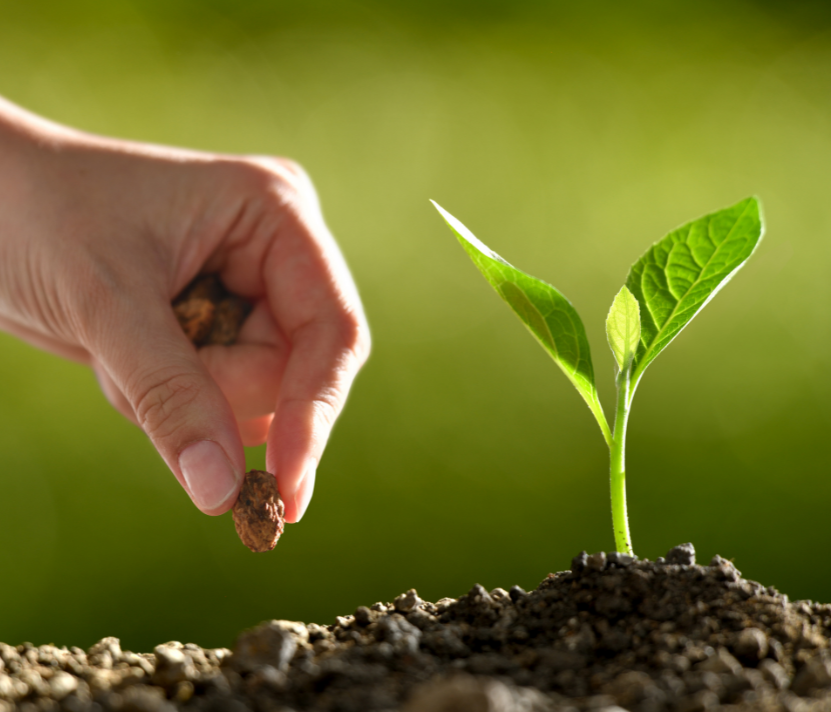
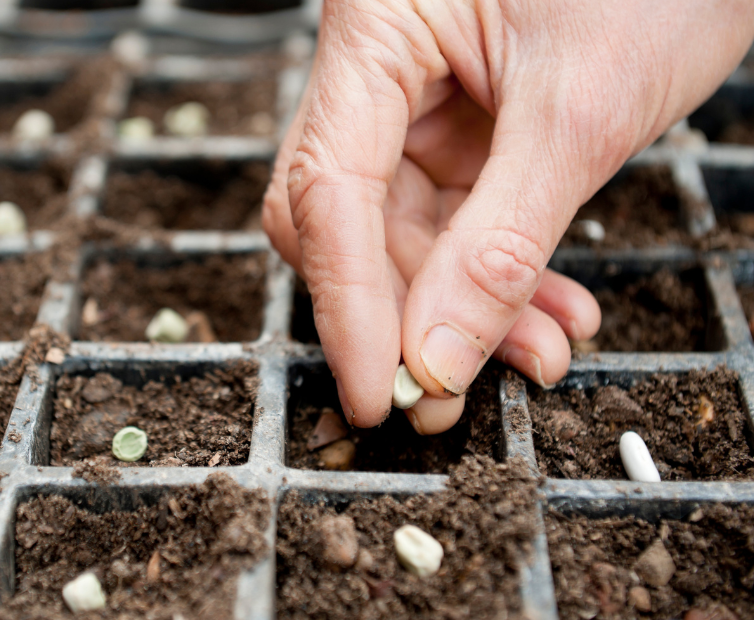
Plants that are spaced well are also easier to care for, as they allow for better access during tasks such as watering, weeding, and pest management. For certain plants, especially leafy greens, overcrowding can lead to premature bolting (flowering and going to seed). Proper spacing can help prevent this and extend the harvest period. Overall, seed density is about finding the right balance between providing each plant with the space it needs to thrive while maximising the use of your growing area. It’s important to consider the specific needs of the plants you’re growing and the recommendations provided by seed suppliers and gardening resources.
In Controlled Environment Agriculture (CEA), which includes indoor farming, hydroponics, and other controlled growing methods, seed density becomes even more critical due to the controlled and often limited space. The optimal seed density in CEA depends on several factors, such as growing system, crop type, light intensity and your method of nutrient delivery. Different CEA systems, such as nutrient film technique (NFT), deep water culture (DWC), aeroponics, or vertical farming, have unique spacing requirements due to variations in how plants receive water, nutrients, and light. Before you start planting you should research the recommended seed density for your crops in your specific system. Different crops have varying growth habits and space requirements. Leafy greens like lettuce might be grown at higher densities than larger plants like tomatoes. Depending on whether you’re growing full-sized crops or harvesting as microgreens, the spacing will vary significantly.
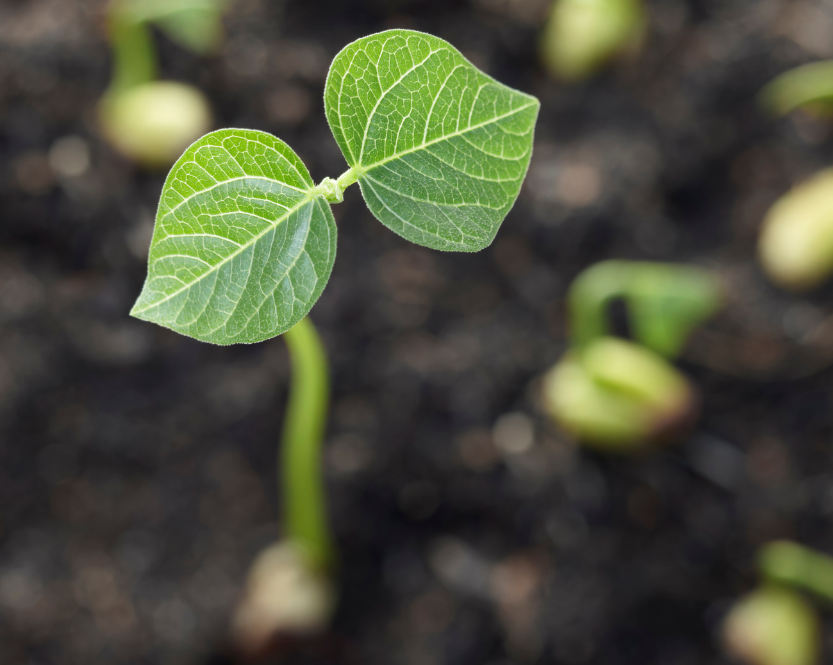
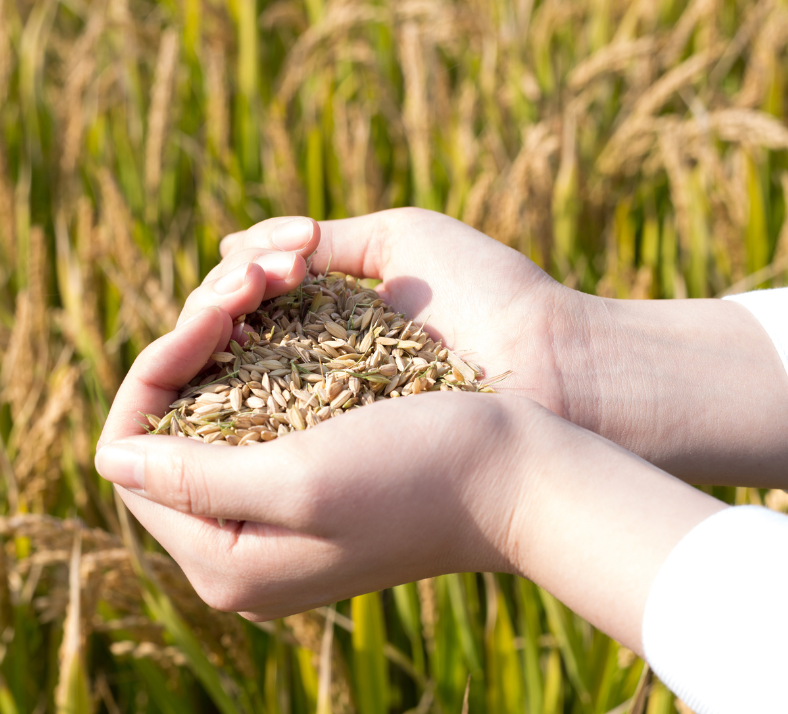
In CEA, artificial lighting is often used. The intensity and distribution of light affect how densely plants can be grown. More intense light may allow for higher seed densities. Hydroponic and aeroponic systems provide nutrients directly to the plant roots. The nutrient delivery method can influence how closely plants can be spaced. In CEA, seed density needs to be balanced with all these factors to achieve optimal plant growth, prevent disease, and maximise yield. It often involves experimentation to determine the best spacing for your specific setup and crop type. Monitoring plant health, growth, and overall system performance is essential to fine-tune your seed density for the best results. However, if this all seems a bit overwhelming don’t worry! Our farm builder tool gives specific recommendations on growing conditions and seed density based on both the crops you want to grow and the system and set-up you’re using.
Ready to build?
Farm Builder – Easy As 1,2,3
01.
Select Farm Type
Whether you are growing in a well-established glasshouse, a purpose-built grow room or even taking your good old polytunnel to next level, we’ve got a hand-picked selection of products to put you on the right track.
02.
Select Farm Size
We’ve separated our product range to include all the kit you’ll need regardless of the size of your operation. With our diverse family of suppliers we have options to suit any budget.
03.
Select Layout
The only way is up. Well, actually that’s not the case with farm builder. You can choose from single layer racking options if you prefer to farm in 2D – but if you need to make use of vertical space then the dizzy heights of multi-layer racking await!